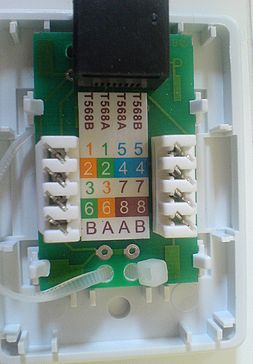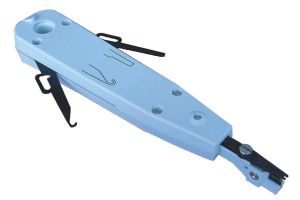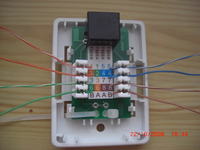Hello,
by connecting to the topic I will ask for help.
Description:
I would like to move the router from point A (living room - RJ45 socket) to point B (hall - box with cables entering the apartment).
Some time ago there was an IT specialist from Netia and during the internet connection service he connected the router itself to a socket without a modem (originally it was a modem).
My problem is that after unscrewing the box there is a bunch of network cables (9 wires, 5 of which are loose, not connected and 2 pairs of 2 wires connected (white and gray covers}) with which I can't really find my way.
Below I will present photos showing the cables entering the apartment.
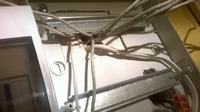
Here I showed the incoming wires:
On the right, 5 cables not connected, are marked with numbers / markings: 1,2,5,6,2A
In the lower right corner - a yellow network cable which will be connected to the router on one side and with magic cabling on the other side (not visible).
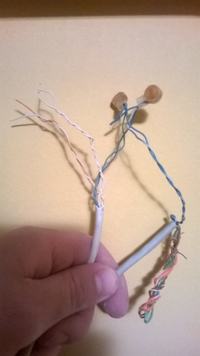
Here, the wires are marked with 2C and number 3 - I guess this connection is to the telephone line (socket in the hall)
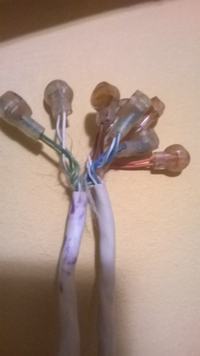
Another pair labeled 2B and 4
Being in the electronics store, I was advised to use such an adapter instead of the cuffs visible in the photos - a lower speed drop than on the cufflinks.
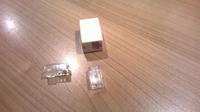
Going forward, my question is whether it is physically possible to connect the router to these magic wires

?
It is enough to 'connect' to the current one or should a new connection be assembled?
Thank you for your help,
If you have any questions, please help.
